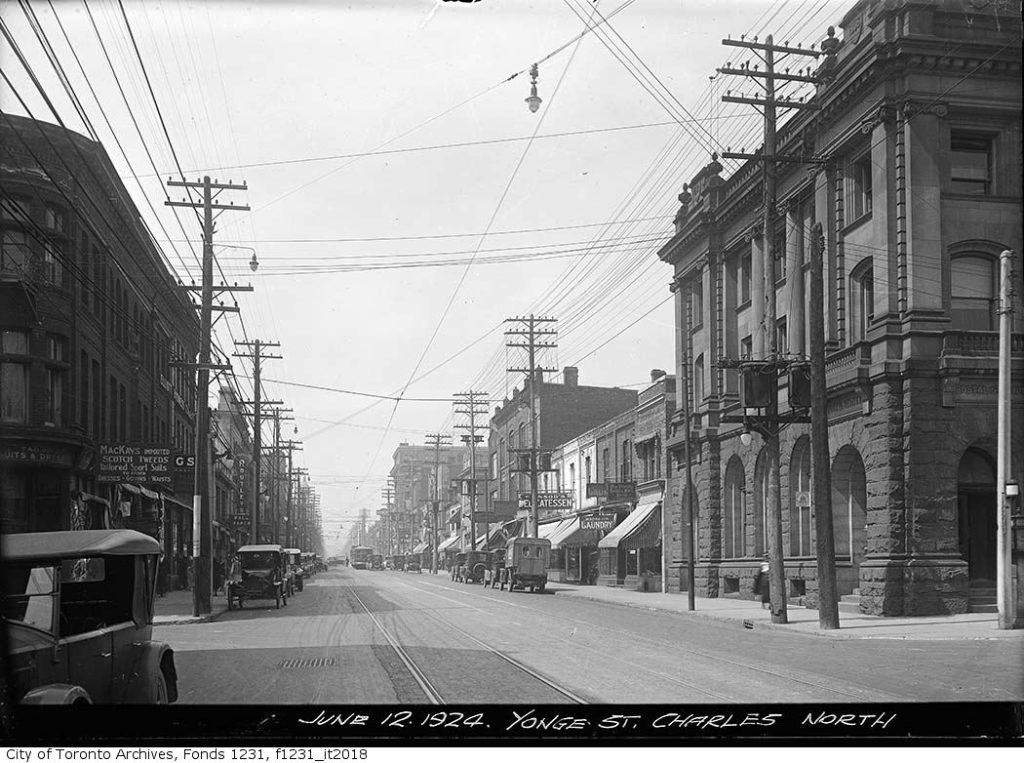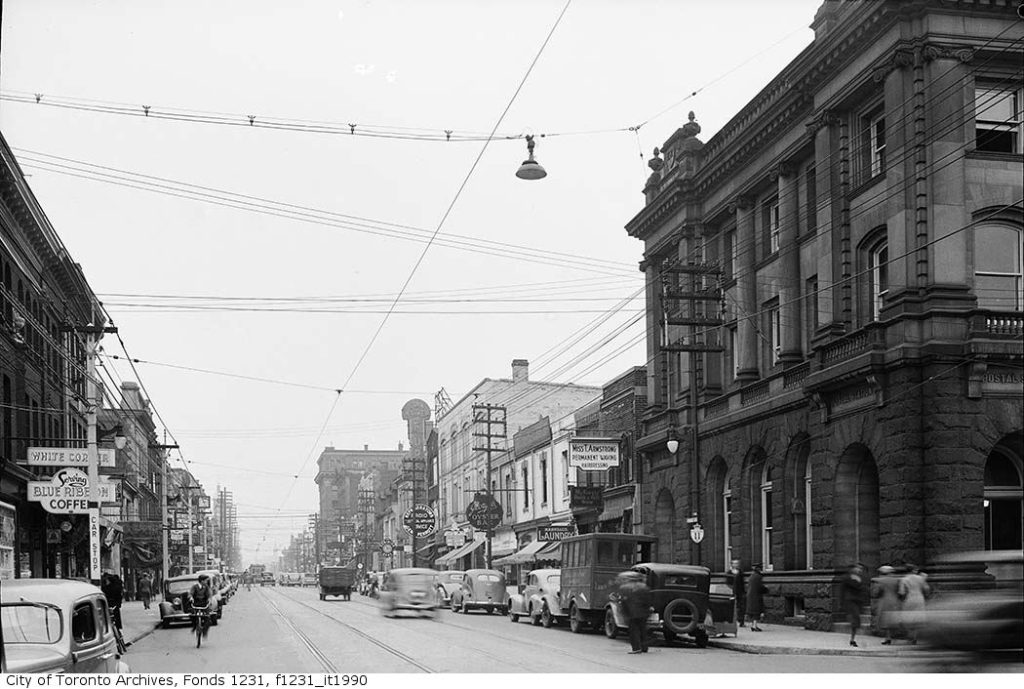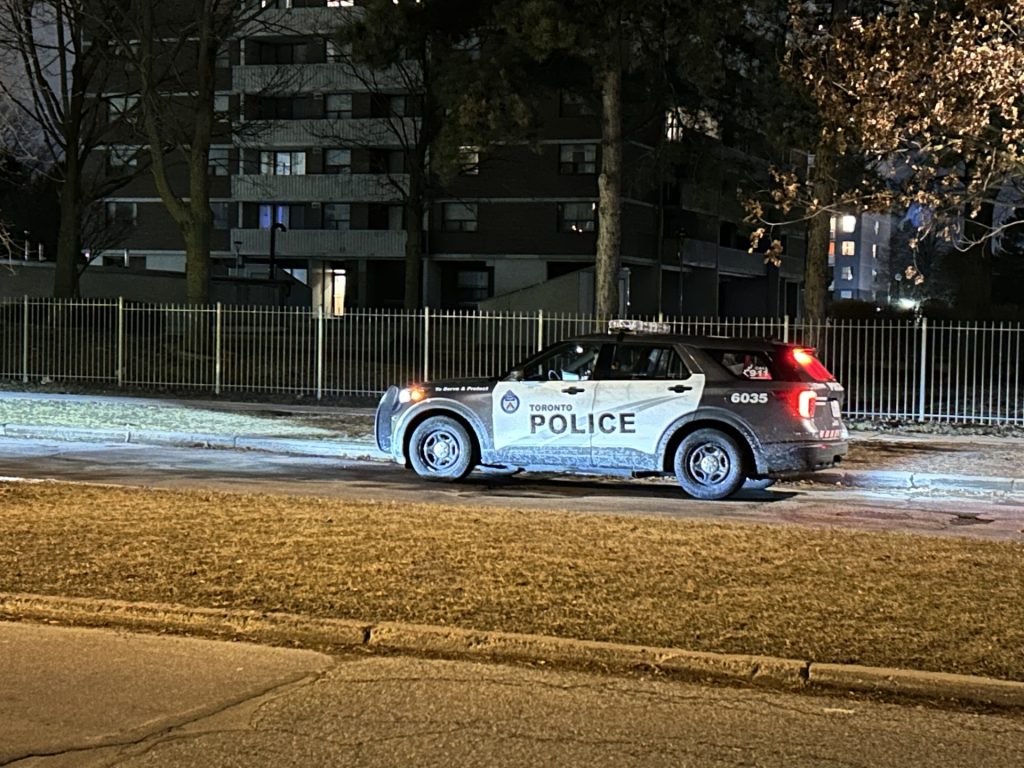Toronto’s Brass Rail Tavern building considered for heritage property designation

Posted November 15, 2023 4:58 pm.
Last Updated November 15, 2023 11:26 pm.
The building housing one of Toronto’s oldest strip clubs, the Brass Rail Tavern, is being considered for a heritage property designation, but what does it mean for a Toronto building to have this designation bestowed on it?
Currently, there is a proposal to turn the buildings at 699 and 707 Yonge Street into a 64-storey tower.
“Underneath all that signage is in fact, the original building, a late 19th century building, that really is tied very closely to the rest of that historic Yonge Street streetscape. And that’s what the evaluation revealed,” said Gary Miedema, a Project Manager with Heritage Planning.
The property at 699 Yonge St was listed on the City of Toronto’s Heritage Register back in 2016. While the commercial row at 699 and 707 Yonge Street has been over-clad, the original brick walls still stand underneath.
The Brass Rail was first opened in 1948 as a family-friendly food establishment that featured live performances by local and touring musicians but started shifting toward adult entertainment in the late 1960s and early 1970s.
Miedema said a development application is often what prompts the City to consider whether a building has heritage value.



“So development application came in on the site — and as heritage staff — we have a close look at the building to determine if there is value, and if the building should be conserved,” said Miedema.
But he said this building was actually known to them previously because it is part of the Yonge Heritage Conservation District which is currently under appeal.
“We have limited resources, so typically what we’re doing these days as the city grows so quickly is trying to be there when that application is bringing change to a site to determine whether it should stay the same — if anything — and what can change over time.”
A property must meet two of nine criteria set out in the act.
“Much of what we are able to do in heritage planning is to conserve real property or buildings. Buildings can often have value for lots of reasons. They can be important buildings because of their design,” said Miedema.
The criteria 699 and 707 Yonge Street meet as set out in the Ontario Heritage Act is: a rare, unique, representative or early example of a style, type, expression, material or construction method, is important in defining, maintaining or supporting the character of an area and is physically, functionally, visually or historically linked to its surroundings.
“It’s so easy to lose the memory of a site if we don’t have anything there tangible to remind us of it. That building is a tangible reminder what this place has been,” explained Miedema. “On Yonge Street, for example, one of those little properties on its own, might not be as important as if it’s included In that large grouping. It’s important because it helps support the character of that street.”
The City’s planning committee will decide on the designation on November 30 before it’s taken to City Council for approval.
A Heritage Impact Assessment is required for all development applications that affect listed and designated properties and will be considered when determining how a heritage property is to be conserved through a development.








